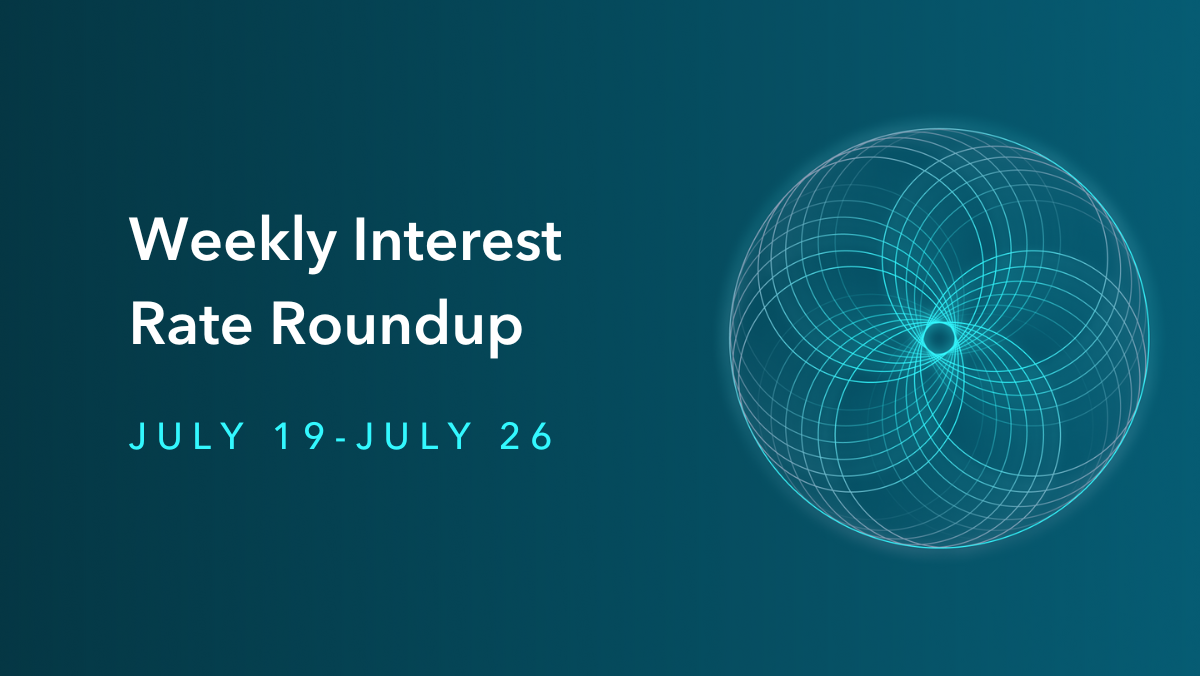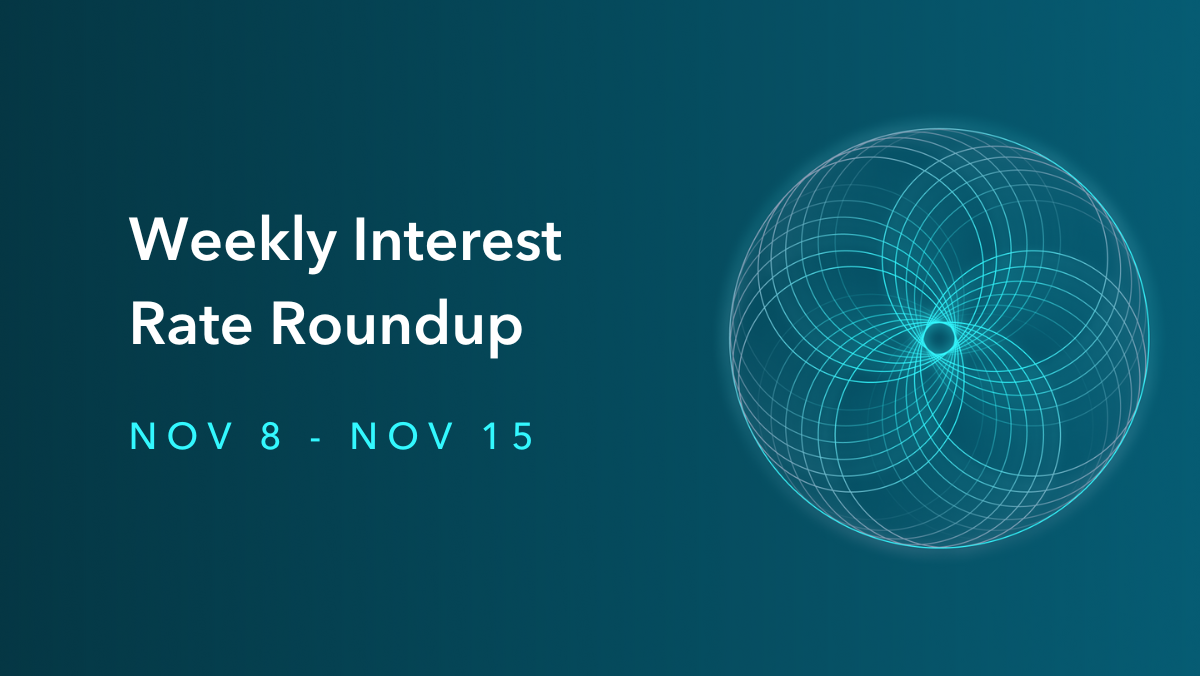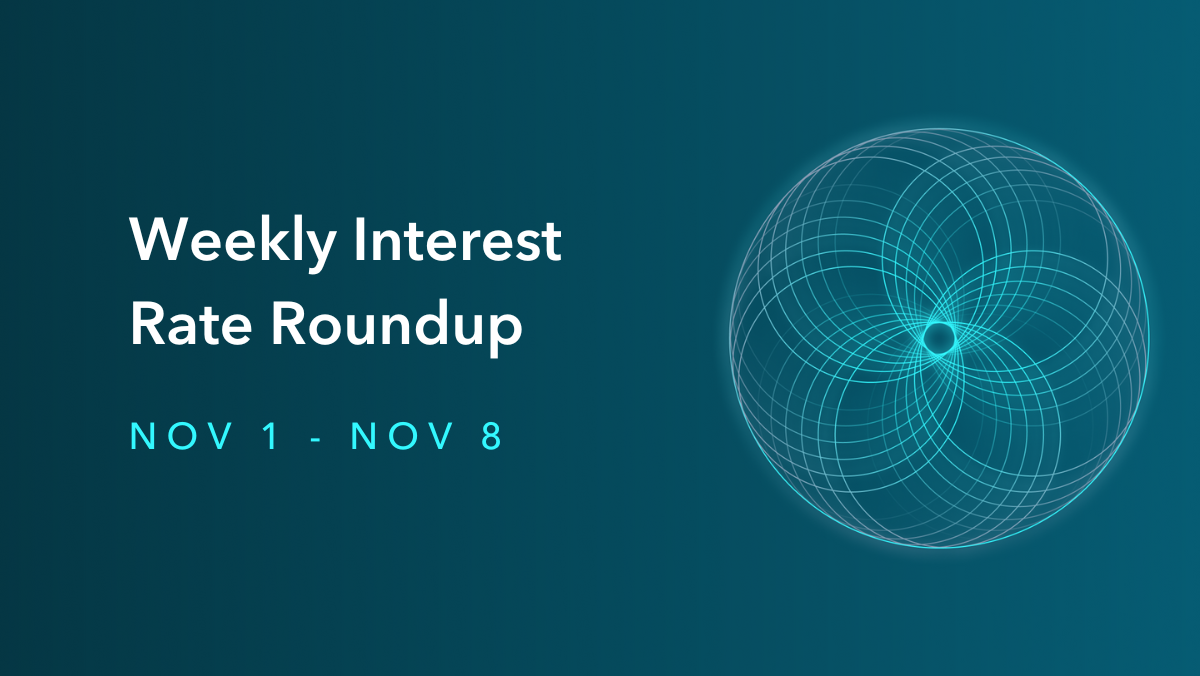
Weekly Interest Rate Roundup: July 19 - July 26


Not much going on in DeFi rates markets this week, so instead I'm going to talk about stablecoins. In the past few weeks we've gotten confirmation that Aave intends to launch a new stablecoin called GHO and we've gotten hints that a new stable is coming from Curve as well. These two heavyweights join newer upstarts like Interest Protocol in taking a swing at the stablecoin business. So what does it all mean? Are we all going to get rich? Why yes, of course we are.
Let's focus on the kind of stablecoin that actually has some chance of success - collateralized stablecoins. Collateralized stablecoin issuers take your collateral and charge you interest to borrow their stablecoin. On its face, it seems like a pretty good business - print something out of thin air at zero cost and charge people money for it. What's not to like about that?
But why would I pay you money to mint stableUSD? I either have to actually want to use it for something (doubtful) or there is somewhere that I can invest stableUSD to earn a return that is greater than the interest I pay you to borrow it (that's more like it).
This first kind of demand comes from people actually wanting to hold your stablecoin because they want to use it as a means of payment. To date, the only stablecoins that really have this kind of demand are USDC and USDT. Some people use DAI for payments, but so far they are few and far between.
So now we have a problem, if nobody uses your stablecoin for payments how can you get them to pay you money to borrow it? Well basically, either you need to pay them to hold it, or somebody else needs to pay them to hold it. And here we have the current state of collateralized stablecoins.
DAI was first on the scene, and they have a major advantage because of it. Basically all the other DeFi protocols like Curve, or Compound, or Notional pay people to hold DAI at zero cost to Maker itself. Not bad. And so if you're looking at Maker what you see at the protocol level is a business that produces a lot of revenue and pays out zero in incentives because other protocols do it for them.
Newer stablecoin protocols aren't so lucky though. It's not easy to get other people to use their own token to incentivize your stablecoin supply. In general, newer stablecoin issuers need to use their own native tokens to incentivize stablecoin holders. They might charge users 2% to borrow and incentivize yield opportunities at 5%, allowing their users to pocket a 3% spread.
This can't last forever of course, and so these users are betting that one day the stablecoin issuer will be able to drive demand for its stablecoin that it doesn't have to pay for itself. Either that comes from other people stepping in as the incentivizer, from getting itself integrated as a popular trading pair asset on exchanges (like USDT), or from people actually using it for payments.
If the stablecoin issuer can do that, it can just pocket all the interest users pay to borrow the stablecoin and pay out nothing in return. And that's the holy grail! It's hard to pick winners, but there will probably be one or two stablecoins that achieve this and they will be highly profitable.
Teddy
Notional Finance Newsletter
Join the newsletter to receive the latest updates in your inbox.









